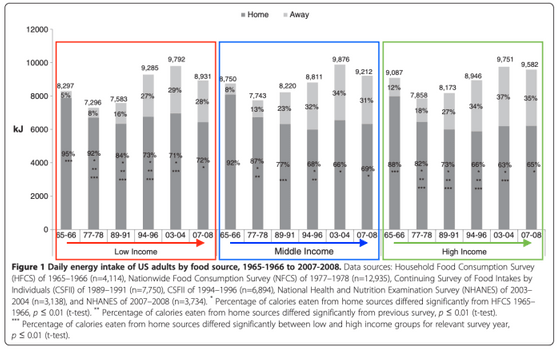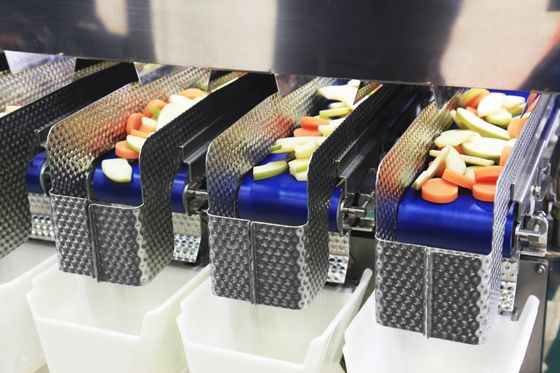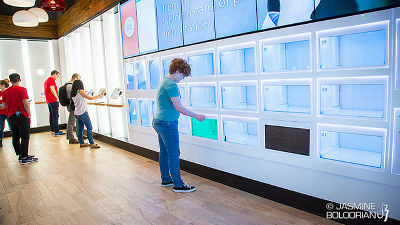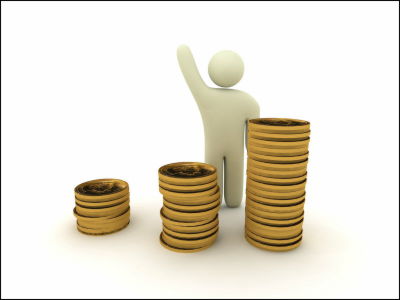What is the merit or demerit of 'food crowdsourcing'?

by
According to the research results that 'people can become happy by eating out and hiring a helper,' it has been suggested that leaving professionals necessary for everyday life will improve life satisfaction. On the other hand, 'There is a risk in leaving the other to cooking and eating directly to your health,' said blogger Alex Denko.
Cooking As A Service-danco.blog
https://alexdanco.com/2019/05/09/cooking-as-a-service/
Danko came to think about 'food crowdsourcing' because of the following tweets of Patrick McKenzie , an engineer in Tokyo. In a series of tweets about automated driving technology, Mr. McKenzie stated that 'by 2040,' Cooking 'will become a niche like sewing and gardening today.'
I think cooking will, by 2040, be a niche activity like eg gardening or sewing, not something which would reasonably expect from substantially every household.
— Patrick McKenzie (@ patio11) May 5, 2019
It's getting squeezed by a combination of long-running social changes, cultural norms, and ...
As a matter of fact, research shows that eating out is getting more and more in America.
The image below is a graph of the ratio of home meals and eating out for each American income group, with the vertical axis representing the calories consumed from each meal and the horizontal axis representing the age. In addition, the light-colored parts of the bar graph indicate eating out and the dark-colored parts indicate the ratio of meals at home. The graph is divided into “low income,” “middle income,” and “high income” from the left, but in any income group, it can be seen that the proportion of eating out almost consistently increases as the age becomes recent You In particular, the ratio of eating out, which was only 5% in 1965-66, increased to 28% in 2007-08 in the leftmost low-income families.

Danco points out that the findings are based on the following three phenomena:
◆ 1: Improving the standard of living
People's lives are much better than in 1965. As a result, people are paying more for 'cooking as work' and the number of people engaged in the food service industry is increasing year by year.

by
◆ 2: Invisible food
The development of technology and the development of the supply chain in the restaurant industry have separated the place where food is actually produced and the place where it is consumed. At the same time, the food and labor supplied to the food service market is becoming an 'inexpensive', 'replaceable' and 'reliable' component at each passing year. As a result, large companies like McDonald's have been able to mass produce easy and delicious meals at low cost.

by
◆ 3: Increase in meal options
The rise of the eating out culture has allowed people to have much more choices than they had to cook at home. You can eat at a reasonable price food that was not available in the past, and dishes made with recipes that you can not do at home. As a result, the menu choice for dinner changed from 'What can I make tonight' to 'What do I want to eat?' Danko argues that advances in technology represented by delivery services such as ' Uber Eats ' have significantly accelerated this trend. 'Food' is now becoming a product that is no different from the video content supplied by Internet distribution.

by pxhere
Danko points out that this 'food crowdsourcing' has both positive and negative aspects.
The good side is that people's leisure time increases. It's more efficient and rational to do it in one go than to prepare meals individually in each home. It would be a plus for everyone to be able to provide more efficient meals that everyone has to do multiple times a day.
The bad side is that it leads to leaving a healthy diet to people. For example, suppose you decide to eat a healthy meal for $ 13 (about 1400 yen) instead of the $ 10 meal that a person always eats (about 1100 yen). In other words, the company accepted the $ 3 price added to a healthy diet, but this $ 3 may not always be $ 5 or $ 10. As companies try to maximize their profits, there is a risk that a healthy diet can not be reached by low-income people.
'The fact that healthy eating is becoming a premium option that requires an additional fee is by no means wonderful,' Danko concludes.
Related Posts:
in Junk Food, Posted by log1l_ks







